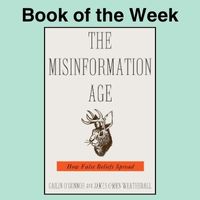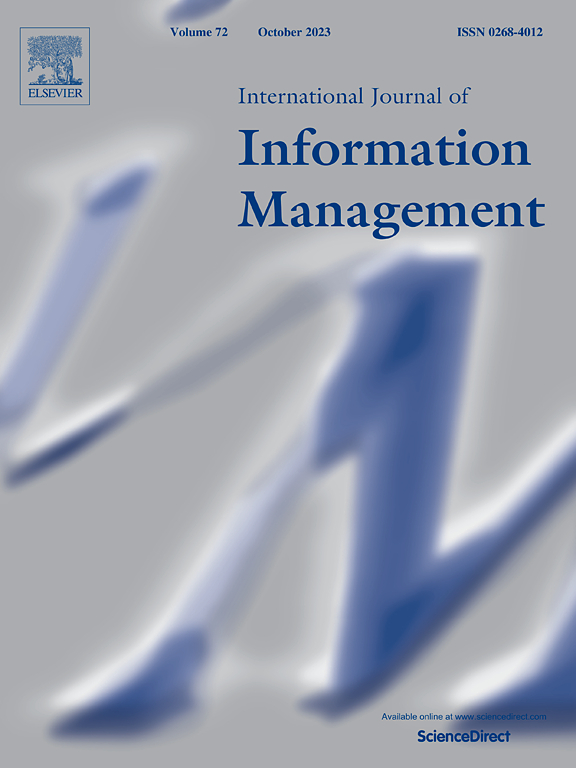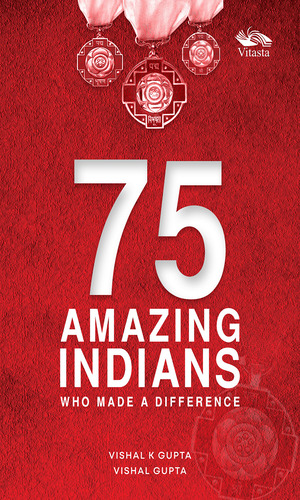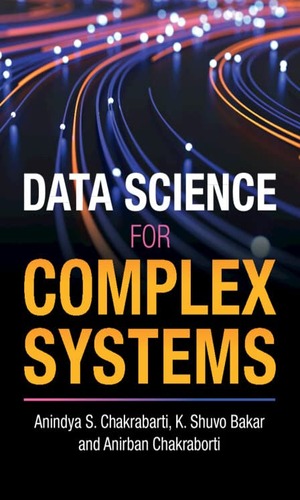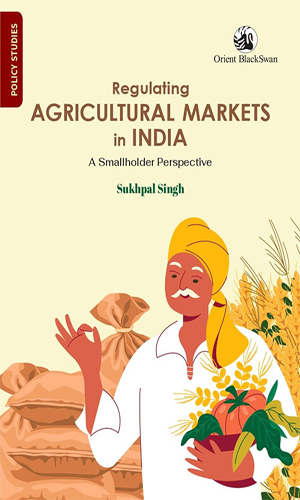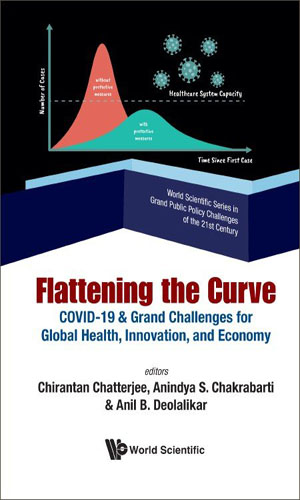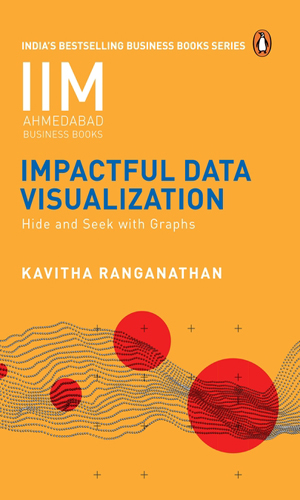Business News Sources
Faculty Publication (Research Papers)
-
Doing "Reputation" in the Indian Context: An Employee Perspective by Desai, Avani; Kaul, Asha; Chaudhri, Vidhi (2024-04-29)
-
Understanding the impact of augmented reality product presentation on diagnosticity, cognitive load, and product sales by Tarafdar, Pratik; Leung, Alvin Chung Man; Yue, Wei Thoo and Bose, Indranil (2024-04-01)
-
Rebel Foods? Cloud Kitchen Technologies: Food for Thought? by Lahiri, Saikat; Bose, Indranil; Majumdar, Adrija (2024-02-29)
-
Integrated inventory replenishment and online demand allocation decisions for an omnichannel retailer with ship-from-store strategy by Bansal, Vishal; Bisi, Arnab; Roy, Debjit; Venkateshan, Prahalad (2024-02-28)
-
A Bayesian nonparametric approach for multiple mediators with applications in mental health studies by Roy, Samrat; Daniels, Michael; J Roy, Jason (2024-02-09)
View All >>
Faculty Publication (Books)
-
75 amazing Indians who made a difference by Gupta, Vishal K. (2024)
-
Data science for complex systems by Chakrabarti, Anindya S. (2023)
-
Regulating agricultural markets in India: a smallholder perspective by Singh, Sukhpal (2023)
-
The power of negotiation: how the leaders do it by Agarwal, Anurag K (2023)
-
Flattening the curve: COVID-19 & grand challenges for global health, innovation, and economy by Chatterjee, Chirantan (2023)
-
Impactful data visualization: hide and seek with graphs by Ranganathan, Kavitha (2023)
View All >>
Faculty Publication (Cases/Notes)
-
Netflix in India:Navigating Unfamiliar Waters (MAR0541) by Jena; Sanjay Kumar; Jayaswal; Pragya; Parida; Biswajita; Borah; Sourav Bikash (2023-12-31)
-
i2i funding: P2P lending during COVID-19 (F&A0574) by Jacob, Joshy; Iyer, Radhakrishnan R.; Gopalakrishnan, Balagopal (2023-12-29)
-
The Undulations During an Organization Transformation: The Journey of NCJM Employee Cooperative (HRM0259) by Kandathil, George (2023-12-29)
-
Toward Purity in Indian Jewelry Markets: Hallmarking Initiatives by BIS (STR0479) by Kaul, Asha; Singla, Chitra (2023-12-29)
-
Company and Shareholders Agreement: Are Shareholders Agreements Binding? (STR0478) by Pathak, Akhileshwar (2023-12-26)
-
WeWork: Public versus Private Markets (F&A0572) by Agarwalla, Sobhesh; Varma, Jayanth R; Virmani, Vineet (2023-12-08)
View All >>
About VSL
The Vikram Sarabhai Library (VSL) is named after Dr. Vikram Sarabhai, world renowned physicist and founding Director of IIMA. It was set up in 1962 and is one of the best management libraries in Asia. The library is open 24x7. Our mission is to facilitate convenient and user friendly access to current, global and relevant information by identifying, acquiring, organizing and retrieving information in various formats (print & non print) to serve the information needs of the academic fraternity of IIMA to meet their teaching, research, consulting, training and learning requirements.
Useful Links
Contact Us
Vikram Sarabhai Library,
Indian Institute of Management Ahmedabad,
Vastrapur, Ahmedabad, Gujarat,
India - 380015
Phone: +91-079-71524977/80/75
Fax: +91-079-26308345
Email: librarian@iima.ac.in
Copyright @ 2023-24 | All rights reserved, Vikram Sarabhai Library, IIM Ahmedabad
(Best view in Chrome Browser)










